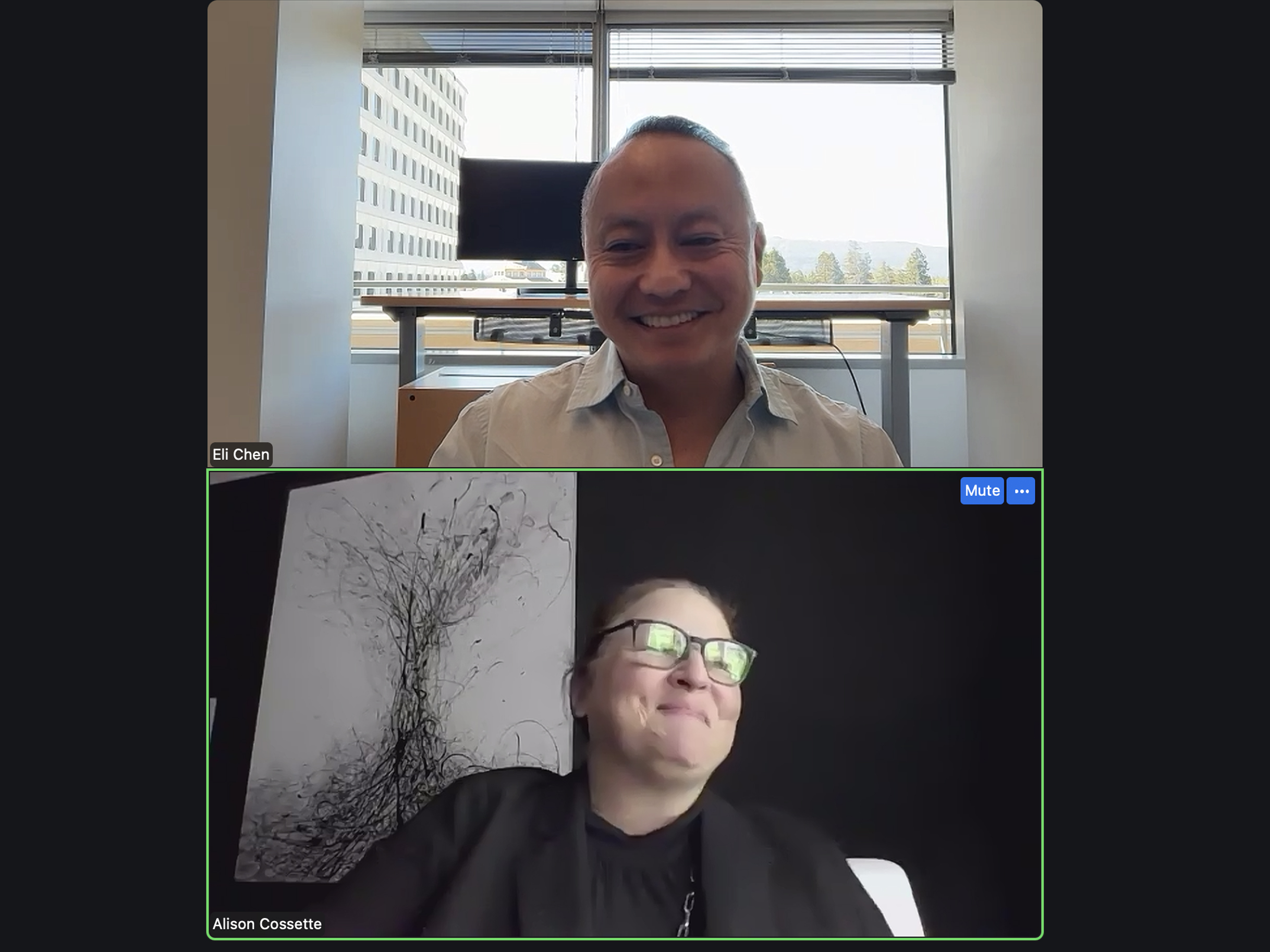
AI Fund recently hosted a technical deep-dive into one of the most critical architectural decisions facing enterprise AI teams: when to abandon pure vector search for knowledge graphs. Featuring a conversation between Eli Chen (Principal Technical Architect at AI Fund) and Alison Cossette (CEO of Claritrace), the session revealed why Netflix-level engineers are combining knowledge graphs with vector embeddings to solve problems that semantic search alone cannot handle.
The RAG Reality Check
The conversation began with a stark admission: most enterprise RAG implementations are hitting a fundamental ceiling. While vector databases revolutionized semantic search and made RAG systems fast to deploy, they’re failing when businesses need AI systems that can explain their reasoning, traverse complex relationships, and provide complete contextual boundaries.
As Eli explained, the transformer-based large language models we’re building with today represent “a new type of computer” that takes fixed context and outputs predictions. Early implementations focused on simple question-answering interfaces, but the real value emerges in complex workflows like document analysis and agentic systems where semantic search alone proves insufficient.
Beyond Fuzzy Search: Why Structure is Information
The core limitation of pure vector approaches became clear through Alison’s explanation of entity recognition challenges. When LLMs create knowledge graphs from documents, they identify entities and relationships—but without guidance, this produces “too many entities and too many relationships” with high variance between documents.
The breakthrough insight: structure itself is information. As Alison emphasized, “the physical structure of the connections tells you so much about what’s actually in the system.” Highly connected areas indicate density, while the number of hops between nodes reveals the conceptual distance in your knowledge base.
Real-World Implementation: Industrial Risk Management Case Study
Eli shared a compelling success story from an industrial risk management use case where his team created a graph connecting processes, incidents, risks, and subcategories. The system could perform root cause analysis and, critically, predict future incidents by identifying missing relationships in the graph structure.
This wasn’t a simple implementation—it required deep domain expertise and careful engineering to ensure graph quality through evaluations like disconnected node detection and hop distance analysis. The key lesson: you can’t just “throw spaghetti at the wall” with automated graph construction.
The Hybrid Architecture: Marriage of Embeddings and Graphs
The session revealed that the future isn’t choosing between vectors and graphs—it’s architecting systems that leverage both strategically. In Neo4j’s label property graph approach:
- Nodes represent documents and chunks (similar to vector DB rows)
- Embeddings are properties on chunk nodes (multiple embedding models supported)
- Vector search finds initial nodes, then graph traversal expands context through relationships
- Single queries can combine semantic search with structured relationship navigation
As Alison described it: “The vector capabilities are features inside of the database structure. You don’t necessarily have to have a separate vector DB.”
Decision Framework: When to Use What
The experts provided clear guidance on architectural choices:
Vector Search Excels When:
- Semantic similarity is the primary requirement
- Simple question-answering interfaces
- Fast deployment and prototyping needed
Knowledge Graphs Win When:
- Explainability is critical for enterprise trust
- Complex relationship traversal required
- Complete contextual boundaries matter (like HR policy compliance)
- Many-to-many relationships need navigation
SQL/Relational Handles:
- Simple structured queries
- Single-hop relationships
- Time-series data at scale
Enterprise Implementation Strategies
Getting Started Without SME Paralysis
For teams lacking subject matter experts, Alison recommended a “connect, cluster, curate” approach:
- Connect similar nodes using vector similarity (k-nearest neighbors)
- Cluster based on these connections
- Curate through community detection and density analysis
The goal: identify “AI gravity wells”—dense information spaces that create sampling and re-ranking challenges in traditional RAG systems.
Quality Evaluation That Actually Matters
Beyond simple connectivity metrics, the speakers emphasized evaluating:
- Label distribution: Are you seeing realistic entity type counts?
- Relationship variety: Avoid long-tail distributions indicating over-specification
- Community structure: Use graph analytics algorithms to understand information clustering
- Query performance: Slow traversals often indicate schema problems
Security and Governance at Scale
The session addressed critical enterprise concerns around moving graph systems from proof-of-concept to production. Key considerations include:
Governance Patterns:
- Role-based access control at node and relationship levels
- Separate graphs for customer-private vs. shared knowledge
- Virtual dedicated clouds with subgraph isolation
Performance Optimization:
- Traditional time-series databases for rapidly changing data
- Graph databases for relationship-heavy queries
- Hybrid architectures using appropriate tools for each component
The Talent Challenge
Both speakers identified a critical bottleneck: finding engineers who understand when and how to implement graph solutions effectively. As Alison noted, many startups are “hacking around” graph problems with traditional approaches simply due to lack of in-house expertise.
The recommendation: treat graph databases as another tool in the architectural toolkit, not a silver bullet. Start small, focus on specific use cases, and gradually expand as the team builds graph-thinking capabilities.
Key Takeaways for Enterprise AI Teams
Start with Use Case Clarity: Use jobs-to-be-done methodology to design schemas that serve customer value, not just technical elegance.
Embrace Hybrid Architectures: The companies winning enterprise deals aren’t choosing between graphs and vectors—they’re using both where each excels.
Design for Explainability: Enterprise customers need AI systems that can show their work, not just provide answers.
Invest in Schema Thinking: Unlike traditional databases, graph schemas can evolve gracefully, but thoughtful initial design prevents costly re-architecture.
Security from Day One: Implement proper authentication, sandboxing, and access controls before moving to production.
The Bottom Line
Vector search gets you 80% of the way to enterprise-grade AI. Knowledge graphs handle the critical 20% that determines whether enterprise customers will trust your system with mission-critical decisions. The future belongs to architectures that combine both approaches strategically, using semantic search for initial retrieval and graph traversal for complete, explainable context.
Stop building AI systems that can’t explain themselves. Start architecting solutions that enterprise customers can stake their business on.
This webinar was hosted by AI Link, the entrepreneur community by AI Fund. Apply to join AI Link and access a community of AI entrepreneurs.